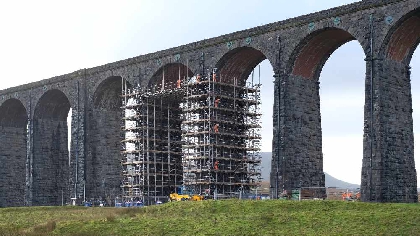
Work is underway to repair the iconic Ribblehead Viaduct, the most iconic man made structure in the Yorkshire Dales
Listed building consent has been granted to Network Rail to carry out significant repairs to Batty Moss (a.k.a Ribblehead) Railway Viaduct, arguably the most iconic built structure in the Yorkshire Dales National Park and part of the longest conservation area in the UK.
Owners Network Rail came forward in April with a plan to re-point eroded mortar joints and replace broken stones on the 24-arch, 400-metre-long, 32-metre-high Grade II*-listed structure.
It has taken months of painstaking work to refine the plans, including laboratory analysis of ten samples of mortar from the viaduct to ensure that the mix used in the repair will be as close to the original as possible.
Network Rail has said the works will cost £2.1m and take place from now until the end of February. Scaffolding is currently being erected, with a formal decision to grant listed building consent having been made on 6 November.
Member Champion for Development Management at the Yorkshire Dales National Park Authority, Jim Munday, said: “If you asked anyone in England to picture a train on a viaduct, they’d probably think of Ribblehead Viaduct. It is a star attraction for our area, although it is but one of many superb Victorian viaducts in the Yorkshire Dales National Park; Smardale Gill Viaduct is probably in the same league and then there is Arten Gill and Dent Head.
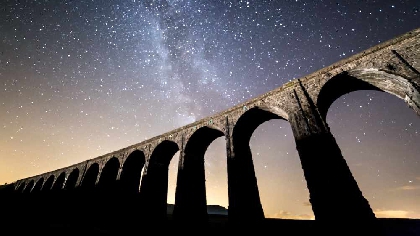 “We’re so pleased Network Rail is investing significantly in Ribblehead Viaduct and carrying out the first major repairs since the 1990s. This was a massive application for listed building consent to deal with and I’m thankful that we’ve been able to draw on internal and external expertise to get it just right.”
“We’re so pleased Network Rail is investing significantly in Ribblehead Viaduct and carrying out the first major repairs since the 1990s. This was a massive application for listed building consent to deal with and I’m thankful that we’ve been able to draw on internal and external expertise to get it just right.”
Phil James, North West route director at Network Rail, said: “It’s a privilege to look after so many significant buildings and structures across the rail network, but Ribblehead Viaduct has got to be one of the crown jewels of Victorian civil engineering. We know the structure is incredibly important both locally and internationally, and we want to give it the care and attention that it deserves so it can be enjoyed by future generations of passengers and sightseers.”


 Council chiefs agree record £2.5m investment in car parks
Council chiefs agree record £2.5m investment in car parks
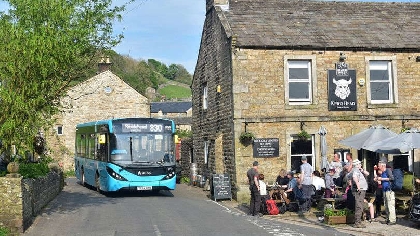 Summer bus services in the Dales extended
Summer bus services in the Dales extended
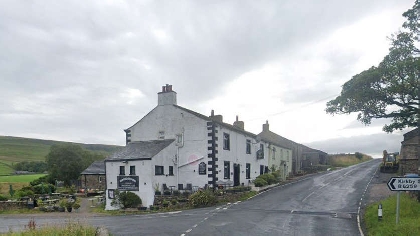 Dales pub landlady loses enforcement notice appeal
Dales pub landlady loses enforcement notice appeal
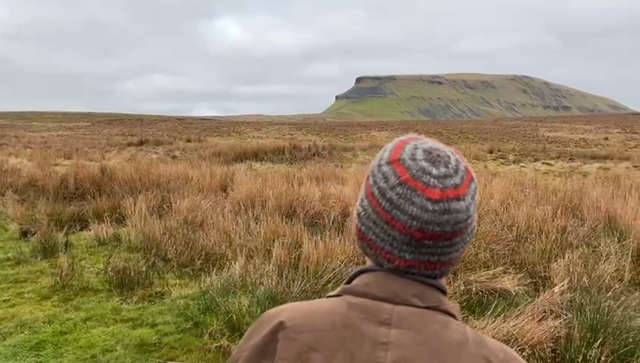 Ex-National Park head and son pay tribute to Pennine Way in song
Ex-National Park head and son pay tribute to Pennine Way in song
 A PRESSING engagement at Gallery on the Green
A PRESSING engagement at Gallery on the Green
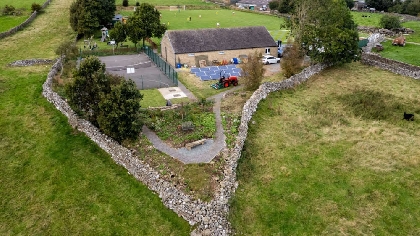 Dales pavilion featured in TV advert becomes thriving hub
Dales pavilion featured in TV advert becomes thriving hub
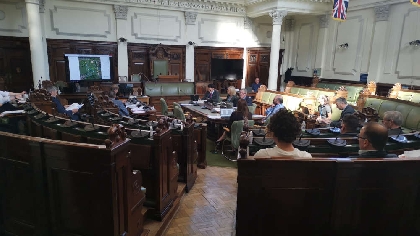 Planners refuse Richmond housing development
Planners refuse Richmond housing development
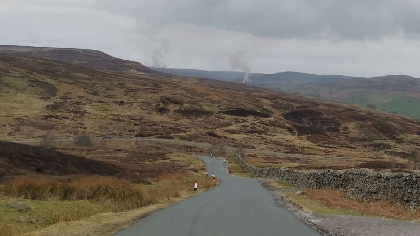 Wider ban on heather burning ‘risks catastrophic wildfires’
Wider ban on heather burning ‘risks catastrophic wildfires’